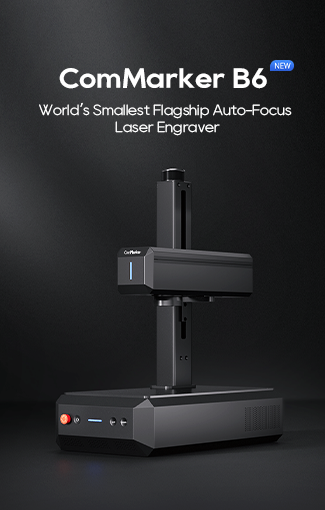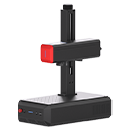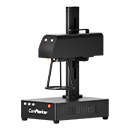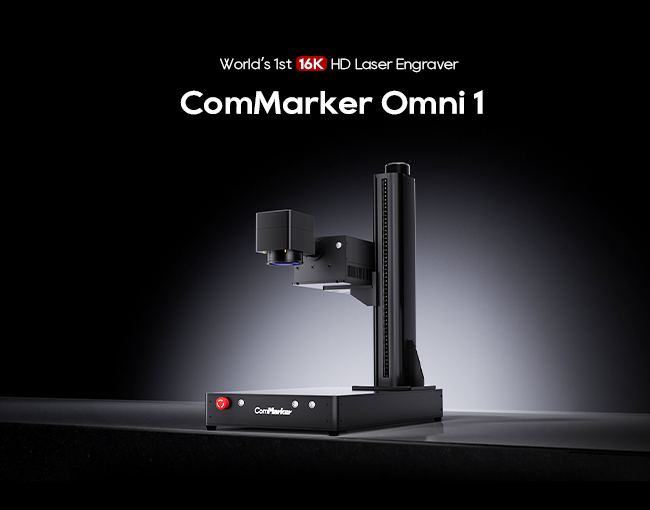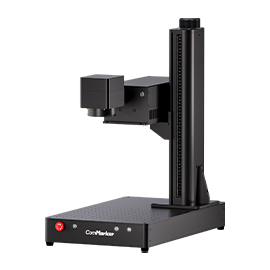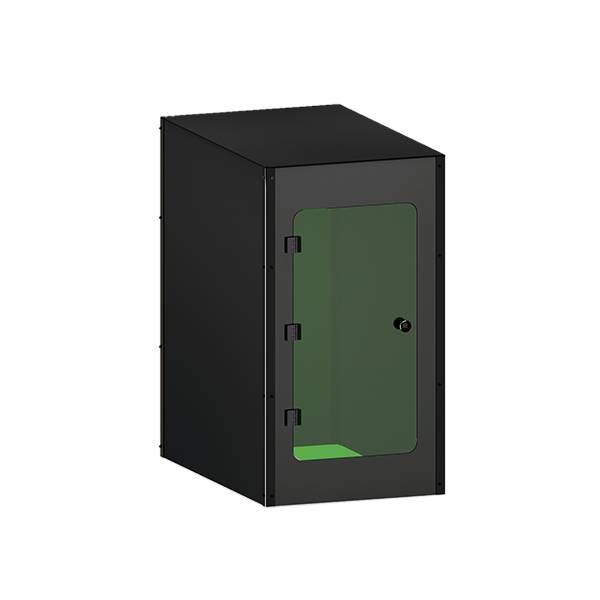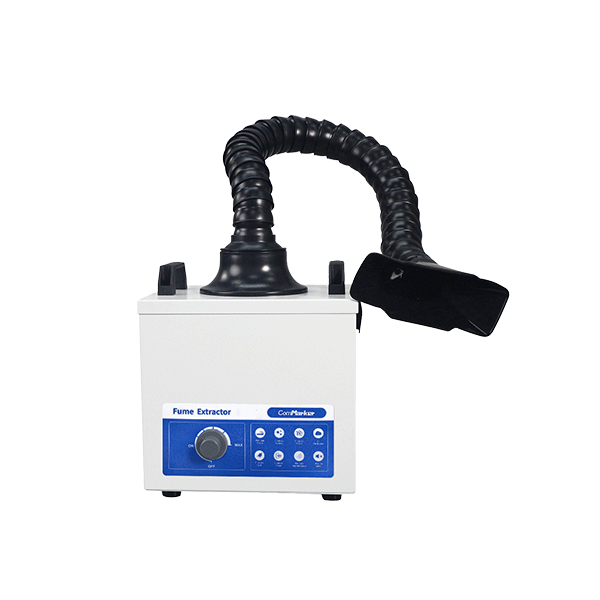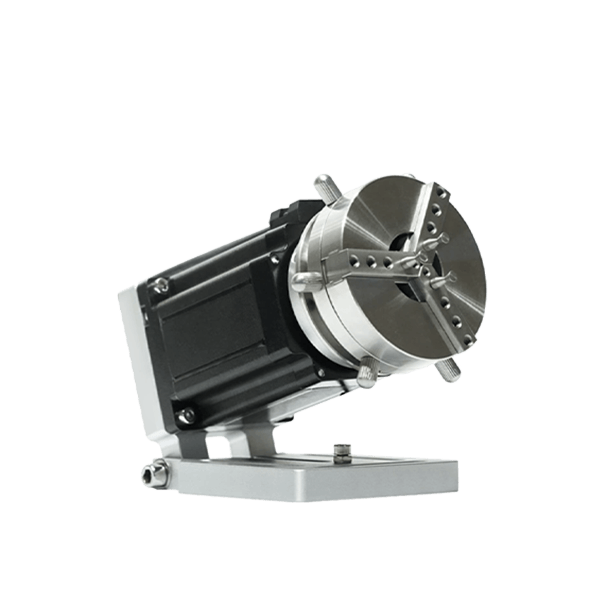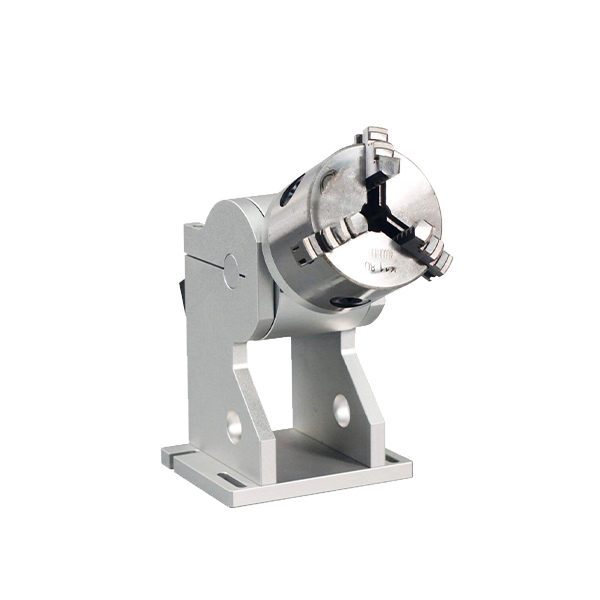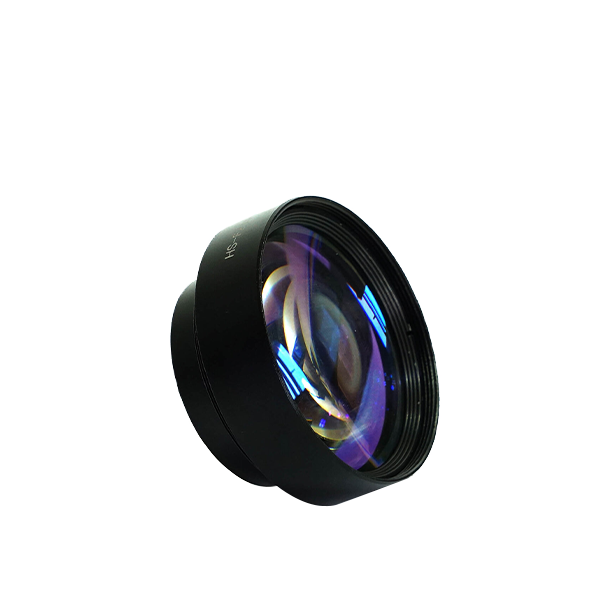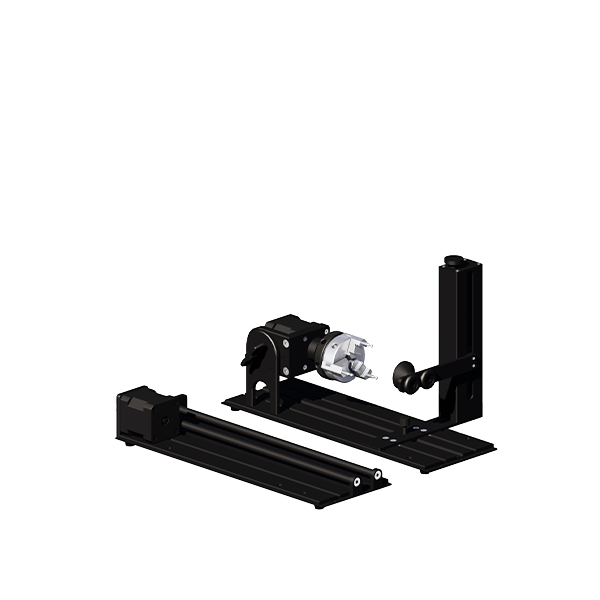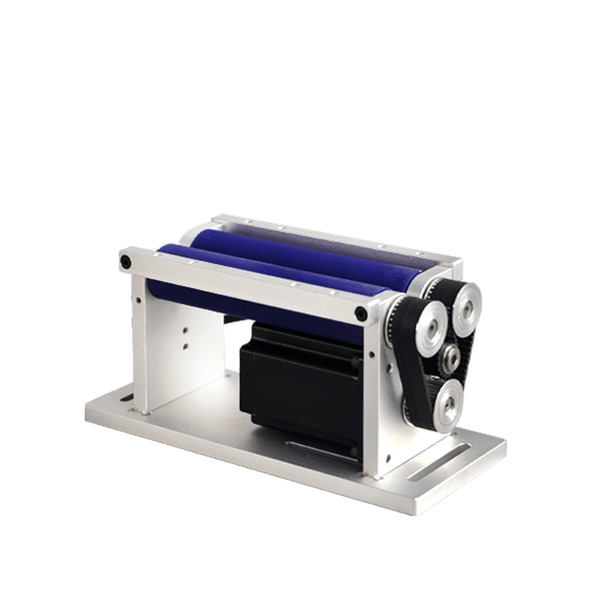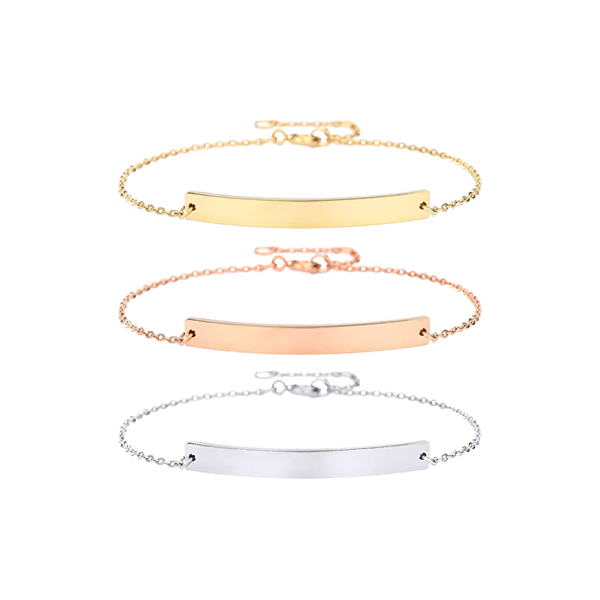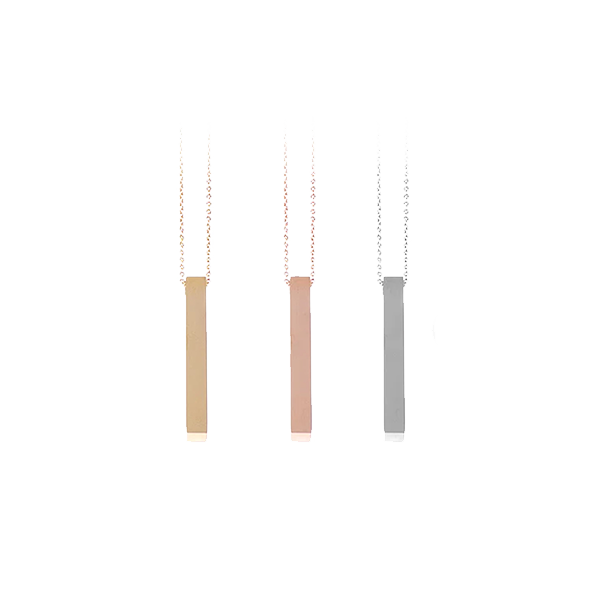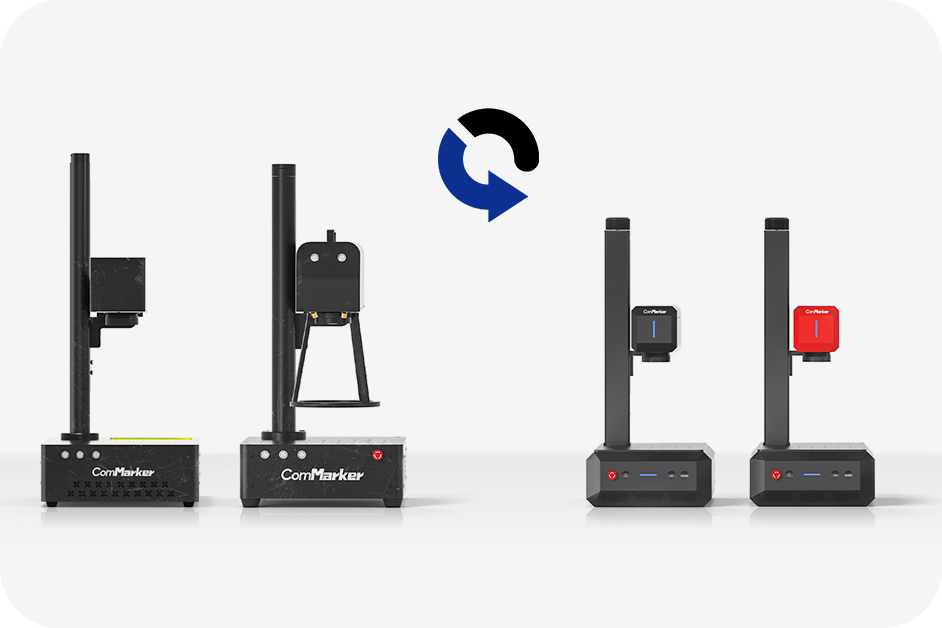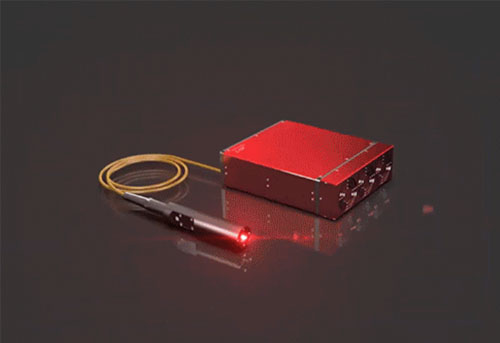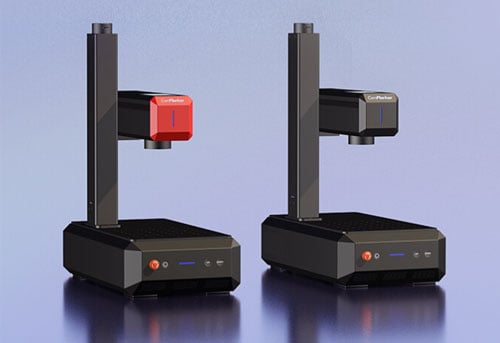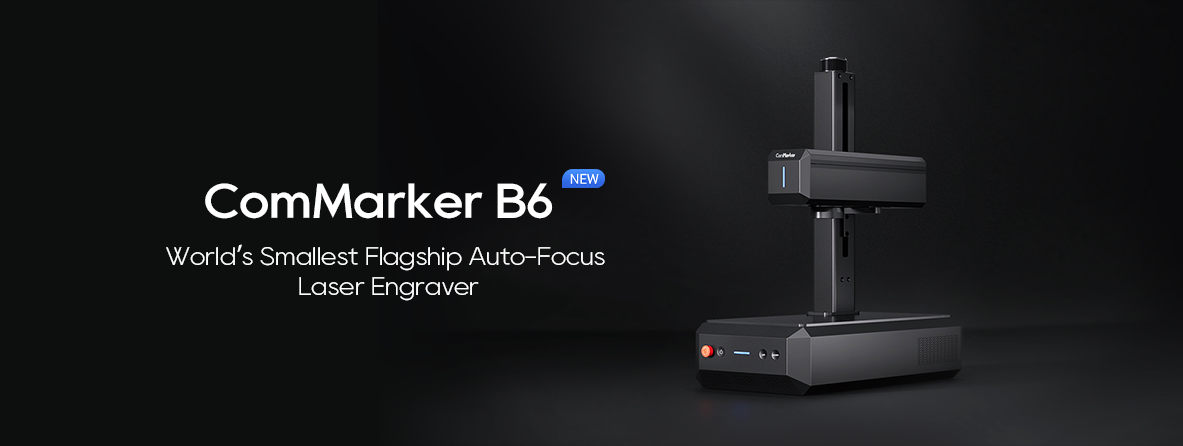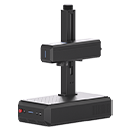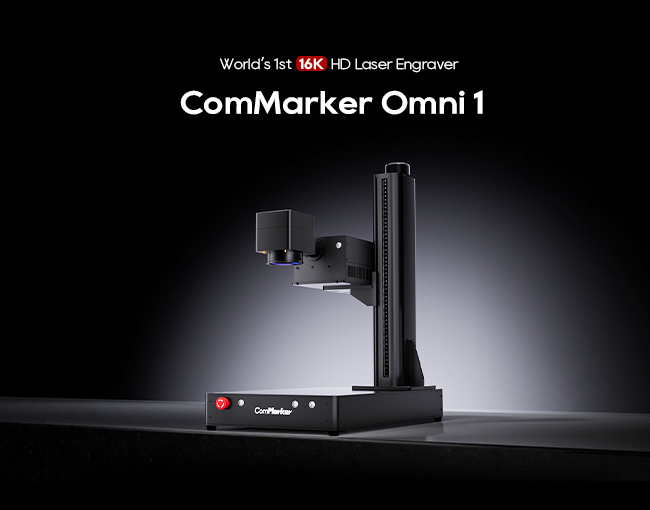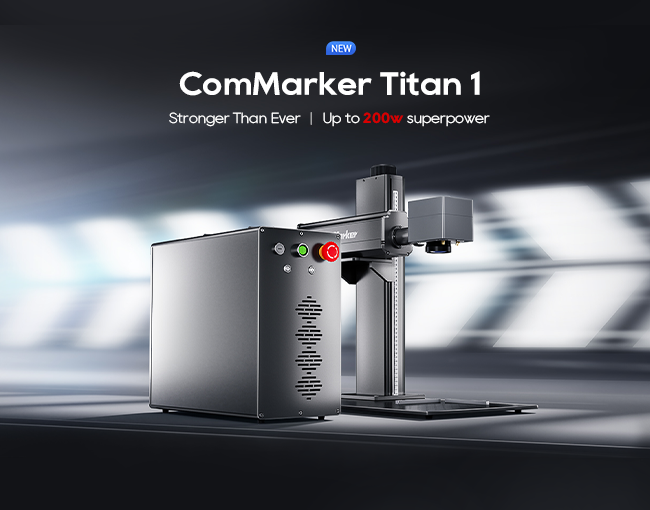Os lasers de fibra transformaram o cenário industrial com seu design compacto, alta eficiência, and exceptional beam quality. These versatile lasers are essential in various fields, from metalworking to medical device manufacturing. This article explores the intricate workings of fiber lasers, particularly focusing on ComMarker’s technology, its advantages, and its applications.
Índice
What is a Fiber Laser?
A fiber laser is a type of solid-state laser that uses an optical fiber as its gain medium. The core of the optical fiber is doped with rare-earth elements such as ytterbium (Sim), which amplifies the laser light. These lasers are known for their high electrical and optical efficiency, compactness, and excellent beam quality.
The Gain Fiber Structure in a Fiber Laser
The gain fiber in a fiber laser is the central component where the laser light is amplified. The fiber’s core, doped with rare-earth elements like ytterbium (Sim), has the highest refractive index, allowing the laser light and pump light to propagate efficiently. The core is surrounded by inner and outer claddings, forming a double-clad fiber structure.
Figure 1: Gain Fiber Structure
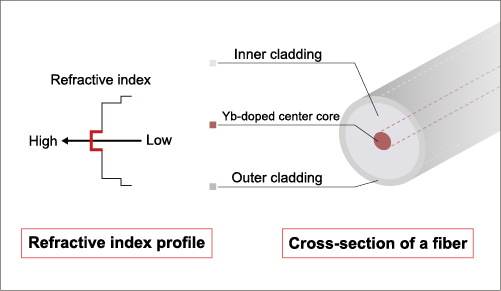
Laser Beam Propagation in a Double-Clad Fiber
In a double-clad fiber, the pump light propagates through the Yb-doped core and inner cladding. Total internal reflection at the boundary of the inner cladding and core confines the laser light within the core, ensuring efficient amplification.
Figure 2: Laser Beam Propagation in a Double-Clad Fiber
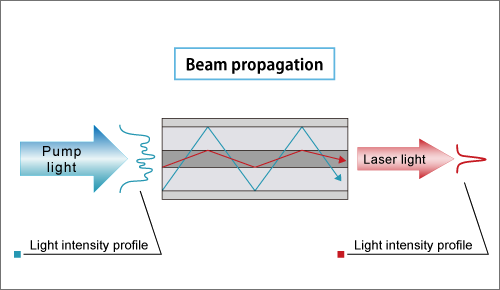
Optical Circuit Configuration in High-Power Fiber Lasers
High-power fiber lasers from ComMarker utilize a sophisticated optical circuit configuration divided into three main sections:
- Pump Section: Laser diodes (LDs) pump light through optical fibers into a pump combiner.
- Oscillator Section: The pump light propagates through a double-clad fiber, exciting the Yb ions, which amplify the light.
- Beam Delivery Section: The amplified laser light is delivered to the processing head or beam coupler.
Figure 3: Optical Circuit Configuration
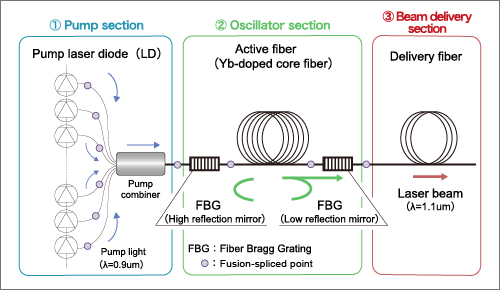
Power Enhancement of Fiber Lasers
Power enhancement in fiber lasers is achieved by coupling multiple delivery fibers with an output beam coupler. Por exemplo, coupling four 1 kW output beams results in a 4 kW laser output, while coupling six 1 kW output beams yields 6 kW.
Figure 4: Power Enhancement of Fiber Lasers

Vantagens dos lasers de fibra
Compared to traditional CO2 and YAG lasers, fiber lasers offer several significant advantages:
- Qualidade do feixe: Fiber lasers provide excellent beam quality, resulting in precise and clean cuts.
- Design Compacto: Their compact size and high power density save valuable space in industrial setups.
- Eficiência: They exhibit high electrical efficiency, reducing energy consumption and operational costs.
- Reliability: Fiber lasers are highly reliable, requiring minimal maintenance.
- Versatilidade: Suitable for various applications, including welding, corte, e marcação, across multiple industries.
Applications of Fiber Lasers
Fiber lasers are versatile tools used in numerous industrial processes. Their applications include:
- Material Processing: Corte, Soldagem, marcação, and drilling metals and other materials.
- Medical Device Manufacturing: Precision cutting and engraving of medical devices.
- Telecomunicações: Fiber lasers play a crucial role in telecommunications for signal amplification and transmission.
- Defense: Utilized in directed energy weapons and other defense-related applications.
- Research and Development: Fiber lasers are used in spectroscopy and other scientific research areas.
Tipos de lasers de fibra
Fiber lasers can be classified based on their operational modes and applications:
- Continuous Wave (CW) Lasers de fibra: Produce a continuous laser beam, ideal for high-power industrial applications.
- Pulsed Fiber Lasers: Emit laser pulses at regular intervals, suitable for precise engraving and marking.
- QCW Fiber Lasers: Offer high peak power and lower average power, perfect for applications like spot welding and drilling.
Como funciona um laser de fibra?
Fiber lasers operate by using an optical fiber doped with rare-earth elements, such as ytterbium (Sim). The doped fiber core absorbs pump light, which excites the Yb ions, leading to the emission of laser light. The laser light is confined within the core through total internal reflection, resulting in a high-quality laser beam.
Manutenção e vida útil
One of the key benefits of fiber lasers is their low maintenance requirements. Its lifespan is100,000 horas. Reaching its lifespan doesn’t mean it is totally unusable, mas só decai na potência do laser. um serviço de substituição de fonte de laser (o preço dependerá da fonte de laser que você escolher).
Gravador a laser de fibra ComMarker B4 20W
Elevação Elétrica: O ComMarker B4-20W apresenta um avançado, motor de elevação oculto. 3Gravação D e Gravação Profunda: A máquina de gravação a laser B4-20W lida com detalhes complexos, gravação 3D multinível e gravação profunda em metal e rocha. Área de trabalho espaçosa: 110Lentes duplas mm e 200 mm, área de marcação com localizadores duplos de pontos vermelhos para calibração e foco precisos. Ampla compatibilidade: Gravar…




